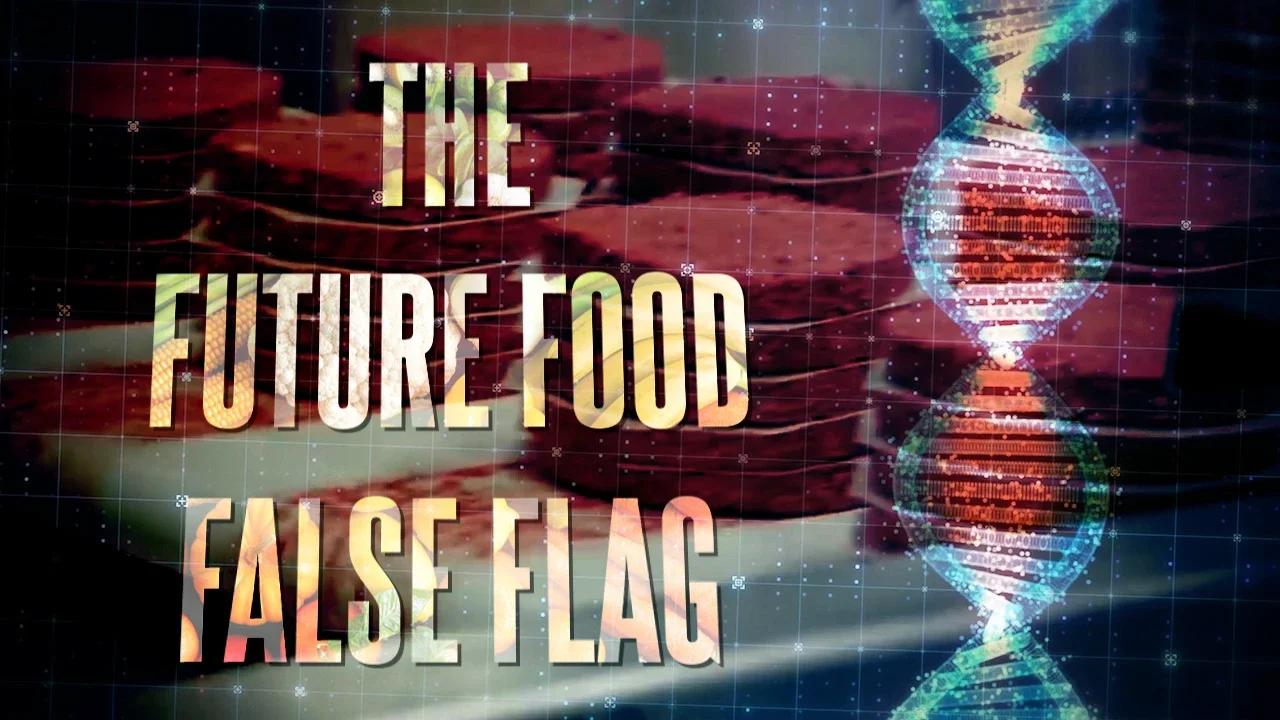The EAT Forum (Davos for Food)

The EAT Forum is an organization cofounded by the Wellcome Trust (yes, that Wellcome Trust). It emerged from the Stockholm Food Forum, a by-invitation-only conference on the business, science and politics of food production that is sometimes billed as the "Davos for Food."
Never heard of EAT? Its "About" page reads like the usual corporate whitewash: "EAT is a non-profit dedicated to transforming our global food system through sound science, impatient disruption and novel partnerships."
But if the very idea of a "Davos for Food" puts you off your lunch and EAT founder and executive chairman Gunhild Stordalen gives you some strong Lieutenant Ilia vibes, then you might want to take a look at Dr. Joseph Mercola's assessment of the group in his article on the global technocrat cabal:
Given a pedigree like that, you'd expect that EAT Forum's advisory board to be stacked with globalists, insiders and career supergophers for the world's elite . . . and you'd be right!The EAT Forum’s largest initiative is called FReSH, which aims to transform the food system as a whole. Project partners in this venture include Bayer, Cargill, Syngenta, Unilever and Google. EAT also collaborates with nearly 40 city governments in Europe, Africa, Asia, North America, South America and Australia, and helps the Gates-funded United Nations Children’s Fund (UNICEF) create updated dietary guidelines.
Unsurprisingly, among its many initiatives is "Shifting Urban Diets," a plan to "demonstrate how scientific targets for food systems can be operationalized in the city context" by adopting the Lancet's "Planetary Health Diet," a WEF-promoted response to climate change hysteria that says you should eat more vegetables to stop hurricanes . . . or something like that.
Yes, the EAT Forum may not have crossed your radar yet, but if its track record, ambition to become the "Davos for food" and connections to seemingly every globalist insider and crony corporation in the industrial food system indicate anything, we'll be hearing a lot more about this group in the near future.
USAID

Remember last week, when I discussed Henry Kissinger's 1974 plan to start using foreign aid as a weapon to encourage developing countries to start sterilizing their population? Well, then, it won't shock you to learn that another organization with its hands in the Great Food Reset pie is USAID. (Yes, that USAID.)
The Board for International Food and Agricultural Development (BIFAD) is, according to USAID's website, "a seven-member, presidentially appointed advisory board to USAID established in 1975 under Title XII of the Foreign Assistance Act, as amended, to ensure that USAID brings the assets of U.S. universities to bear on development challenges in agriculture and food security and supports their representation in USAID programming."
Last year, BIFAD, in conjunction with "Feed the Future" (the U.S. government’s global hunger and food security initiative), released a working paper titled "Systemic Solutions for Climate Change Adaptation and Mitigation." The paper argues that:
After shoehorning in some climate change hysteria for good measure, they call for—you guessed it—a complete transformation of the food supply and global agriculture!. . . a perfect storm of circumstances in which supply chain issues, regional agricultural and nutrition challenges, the ongoing effects of the COVID-19 pandemic, and regional conflict have combined to form a looming food security crisis.
Specifically, BIFAD's "Systemic Change" subcommittee has been tasked with providing "evidence-based recommendations to accelerate inclusive systems change to achieve transformative climate change adaptation and mitigation outcomes in agriculture, nutrition, and food systems." The subcommittee's proposals for achieving this ambitious goal include:
- linking "carbon markets" to "regenerative agriculture" (i.e., the financialization of nature that is all the rage in globalist circles these days);
- using ESG scores as a way to pressure companies into acquiescing to the vague, nebulous and ever-shifting demands of the Food Reset mafia;
- and, of course, "the promotion of insects as sustainable sources of proteins."









